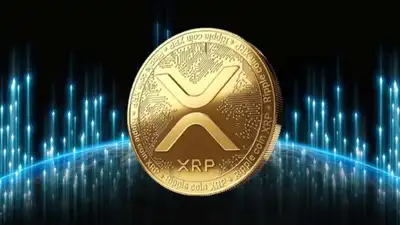What Is Ripple? Understanding the Concept and Its Origins
Introduction
In recent years, the world of finance has witnessed the rise of digital currencies, and Ripple has emerged as one of the most intriguing players in this space. While often mistaken for just another cryptocurrency, Ripple is more than that. In this blog post, we will explore the concept of Ripple, its origins, and why it stands out from traditional cryptocurrencies.
What is Ripple?
At its core, Ripple is a payment system that aims to revolutionize international transactions. Unlike traditional banking systems, which rely on a network of intermediaries and can take days to process cross-border payments, Ripple provides a faster, cheaper, and more efficient solution. It achieves this by leveraging blockchain technology and a unique consensus-based model.
The Origins of Ripple
Ripple was first conceptualized in 2004 by Ryan Fugger, a web developer from Vancouver, Canada. Fugger’s idea was to create a decentralized platform that would enable individuals to create their own money and exchange it directly with others. This concept laid the groundwork for what would eventually become Ripple.
In 2012, a team of software developers, including Jed McCaleb and Chris Larsen, founded OpenCoin, the company behind Ripple. Their goal was to build a faster and more scalable digital payment system that could bridge the gap between traditional banking and the emerging world of cryptocurrencies.
How Does Ripple Work?
Ripple operates on a decentralized digital ledger known as the XRP Ledger. Unlike traditional blockchains that use mining to validate transactions, Ripple uses a unique consensus algorithm. This algorithm requires validators on the network to agree on the validity of transactions, enabling faster and more efficient verification.

XRP: The Native Currency of Ripple
XRP is the native cryptocurrency of the Ripple network. While Ripple’s primary focus is on its payment system, XRP serves as a bridge currency that facilitates the exchange of value between different fiat currencies and cryptocurrencies. It plays a crucial role in enabling real-time, low-cost cross-border transactions within the Ripple network.
Key Features of Ripple
- Speed: Ripple enables near-instant settlement of transactions, making it significantly faster than traditional banking systems.
- Cost-effectiveness: The use of XRP as a bridge currency reduces transaction costs and makes it economically viable for even small cross-border payments.
- Scalability: Ripple’s consensus-based model allows it to process a high number of transactions per second, ensuring its scalability.
- Regulatory Compliance: Unlike many other cryptocurrencies, Ripple is designed to comply with anti-money laundering (AML) standards and other regulatory requirements, making it more favorable to governments and financial institutions.




